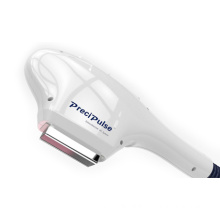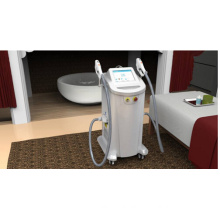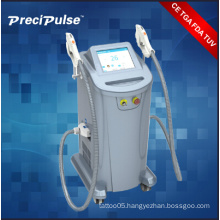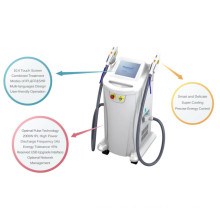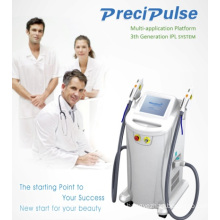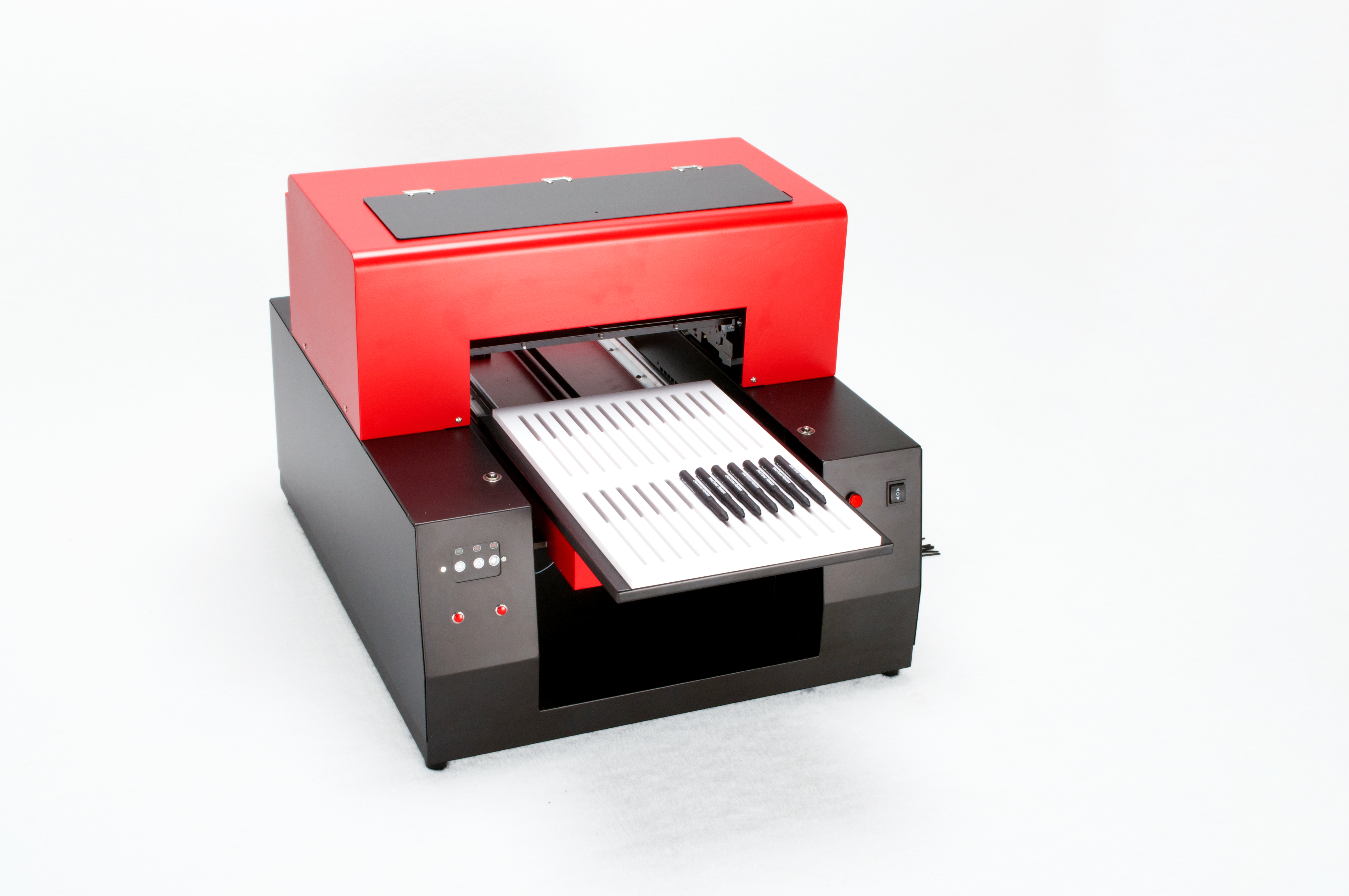With the development of the pen making industry and the needs of the fountain pen market and export services, fountain pens are required to be fluently written and have intrinsic quality. At the same time, they must be decorated with pens of the world's brands such as Duke and Picasso. And artistic, this is the key to winning the merchants. Therefore, in order to change the concept of paying attention only to the routine and not to the appearance requirements in the past, it is necessary to innovate in the appearance of the fountain pen and the processing technology of the pen holder and the pen holder. In addition to being used for writing, the innovative fountain pen has become a craft that everyone can carry with them.
This is not to discuss how the fountain pen is made, but to describe how the outer surface decoration process is performed after the stainless steel barrel and pen cover of the fountain pen have been manufactured. We all know that after processing, different colors appear on stainless steel. This is a conventional method of decorative processing. It has not been introduced to the ancient craftsmanship in the market. It is only introduced how to create golden, silver and other colors on the pen holder and pen cover, and has a three-dimensional protruding pattern so that the three-dimensional pattern and text will remain on the pen holder and the pen holder permanently. Carry with cultural utensils and art appreciation crafts.
How to achieve the above requirements? Non-screen printing methods are not allowed, and only the organic combination of screen printing and electrochemical coating can achieve perfect results.
This article describes how to use screen printing and electrochemical coating methods to make the main process of embossing convex patterns on stainless steel pens and pen sleeves. In this way, this method will further process various process products on different material surfaces. It brings beautiful enjoyment to people's lives and makes the silkscreen printing art more colorful.
First, screen printing parameters and requirements
The pen pen and pen cover are made of hollow cylinder stainless steel material with a diameter of about 10mm. The surface is smooth and clean. On its outer surface, it is necessary to make convex landscape paintings, birds and animals, characters, poetry, etc. The most ideal method is curved surface wire mesh. Combining printing and electrochemical coating, the screen-free printing area is protected by a special printing material (ink), and then electroplated so that the missing pattern area is plated with metal, and the convexity is finally formed. Out of the penholder, a similar embossed pattern on the surface of the pen cover. According to electroplating plating, the pattern can be decorated in different colors. In order to meet the above requirements, the following conditions should be met.
Screen printing equipment and materials:
1 Net frame: Aluminium alloy profile frame with length of 250-300mm and width of 200-250mm is selected;
2 Wire mesh: Nylon, polyester mesh or stainless steel mesh can be, the key is the number of screen mesh to be appropriate;
3 Sensitive glue: It is generally chosen to be solvent-resistant Ketutai or Komeilai diazo sensitive adhesive and capillary film. Photosensitive film thickness control in 30 ~ 50um;
4 exposure equipment: printing lamp wavelength spectrum used in the range of 330 ~ 420nm;
5 squeegee: generally 8 ~ 10mm thick, hardness 65 ° ~ 75 ° made of oil-resistant rubber, pay attention to the edge of the scraper must be straight, and processed into two sides about 45 ° chamfer; or hardness in the market 65 ° ~ 75 ° polyurethane finished tip squeegee;
6 ink requirements: should use acid, good coverage, and have a high insulation resistance.
7 Presses: Self-made curved screen printers or purchased special curved screen printers. The self-made curved screen printer uses four 80025 ball bearings as the support frame for the pen holder and pen holder, as shown below.
The bearing of the curved surface screen printer is fixed on a pair of bearing holders with a workpiece axial positioning device. The distance between the bearings can be adjusted according to the size of the workpiece.
The working principle of curved surface printing: a cylindrical workpiece such as a fountain pen or a pen holder is placed on a fixed ball bearing with a certain included angle, and the screen template with ink is placed on the upper bus bar of the barrel or pen sleeve. When the blade of the squeegee Perpendicular to the axis of the workpiece, the screen moves parallel to the axis of the workpiece. Due to the pressure of the squeegee and the frictional force of the stencil, it drives the pen or the pen cover to rotate concentrically. The ink is scraped and cut by the squeegee. Screen printing on the workpiece. The printed workpiece is taken out and put into the next workpiece, the screen template is pressed down, the above operation procedure is repeated, and one workpiece is screen printed.
Second, the process flow and the main process instructions
1. Process flow
Stainless steel pen cap degreasing → cleaning → drying → screen printing SP2595 electroplating ink → drying → retouching → drying → electrolytic polishing → weak etching → cleaning → pre-plating nickel → pre-copper plating → electroplating of copper (chrome, Silver or gold, etc.) → Remove ink → Dry package etc.
Note: The imitation gold coloring treatment is to remove the SP2595 ink after the pen and pen sleeves are copper-plated and then to process in the imitation gold solution.
2. Description of screen printing main operations
1 Painted black and white manuscripts: The area of the pattern should be within the range defined by the circumference of the penholder and the pen holder multiplied by the magnification, that is, it should be smaller than the diameter of the penholder, pen holder multiplied by π and multiplied by the magnification selected by the drawing. Magnification, the pattern is placed on a copperplate paper, and then after the same magnification is reduced to take photos, the negative film needed to make a positive negative film for use in making screen edition. Simple patterns can also be drawn directly on the transparent polyester film base in place of the positive pattern negative film in a ratio of 1:1. No matter which method is used, the density of the pattern portion on the negative film must be guaranteed in order to receive good results.
2 The selected screen can be stainless steel and monofilament plain woven nylon or polyester mesh. The mesh number is selected in the range of 100-150T/cm according to the pattern fineness. If it is less than 100T, the printing pattern is rough; if more than 150T is selected Those who do not have good ink coverage performance in the non-patterned part will produce “bleed-through” phenomenon during plating, which will destroy the clarity of the entire picture, and the ink will fall off in severe cases.
3 photosensitive film (glue): Due to the use of solvent-based ink, the photosensitive material should be solvent-resistant type, you can use Ketutai capillary 25 ~ 35 film or Ketutai PIUS II photosensitive adhesive production network template.
4 ink selection principle: the ink must be compatible with the plating solution used, that is, the ink is not dissolved in the plating solution, does not soften and does not peel off; ink coverage is better, and should have good thixotropy or plasticity , And the construction is convenient; the ink should have a high resistance value, to ensure that non-patterned parts are not plated with any metal, so that the pattern is clear and not deformed; ink removal is convenient, in the process of removing ink does not damage the coating and the workpiece.
3. Major issues in screen printing
1 The squeegee pressure of the squeegee must be perpendicular to the axis of the workpiece. The edge of the squeegee must be in parallel contact with the workpiece busbar so that the squeegee, screen plate, and workpiece are in a line contact during the printing process. In order to ensure that the workpiece rotates around its own axis, the printed pattern is clear and its position is accurate;
2 In the process of squeegeeing, the workpiece can only rotate around its own axis and can not move axially. Therefore, an axial positioning device must be installed on the curved screen printer to ensure that the position of the pattern on the workpiece is accurate, and that the pattern on all workpieces is the same and the repeat accuracy of the pattern is guaranteed;
3 In order to firmly bond the ink and the workpiece, the workpiece must be degreasing and other surface treatment before screen printing. The treated workpiece should be placed in a dust-free place to be printed. Otherwise, even if there is a small stain on the pattern, it will hinder the deposition of the plating layer and cause blemishes on the pattern;
4 Before the ink is used, it should be blended in advance so that the solvent penetrates fully and evenly. It has good thixotropic properties and is more convenient for screen printing.
5 After the screen printing is finished, carefully examine and trim the exposed parts and remove the stains on the electroplated parts, and wait until the ink is completely dry before plating. Otherwise, unnecessary scrapping will occur.
6 drying, SP2595 screen printing 90 °C ~ 120 °C dry, depending on the thickness of the time.
Workpieces are mounted on electroplating hangers (bracing springs) on plating baths, and electroplating is performed according to various plating process specifications. It should be noted here that the contact between the workpiece and the hanger must be reliable, and the extremely good contact between the hanger and the plating tank be reliable. After the plating is finished, the tool is removed to remove the ink, and surface treatment is performed to obtain a finished pen, a pen cover or other decorative arts and crafts.
